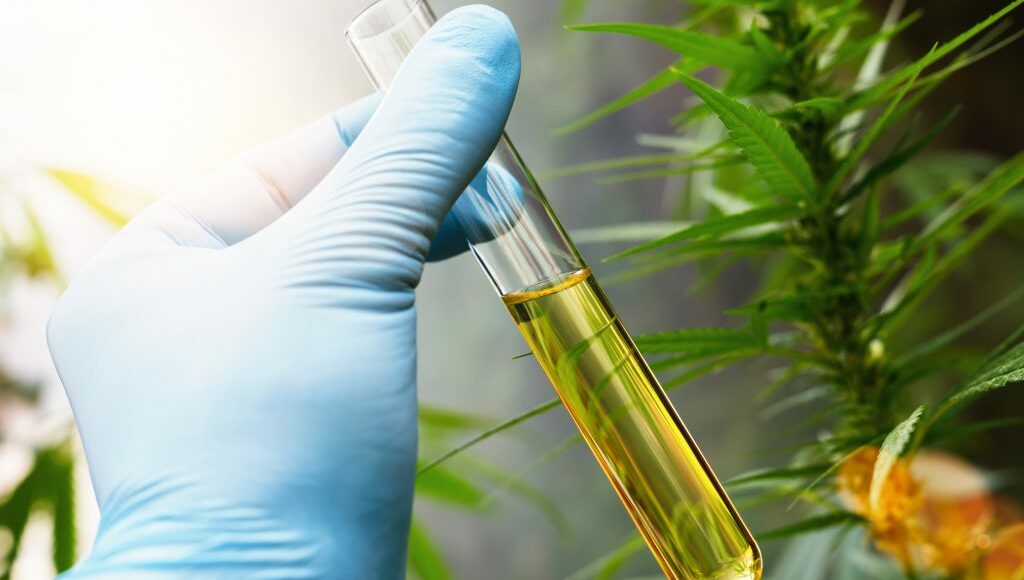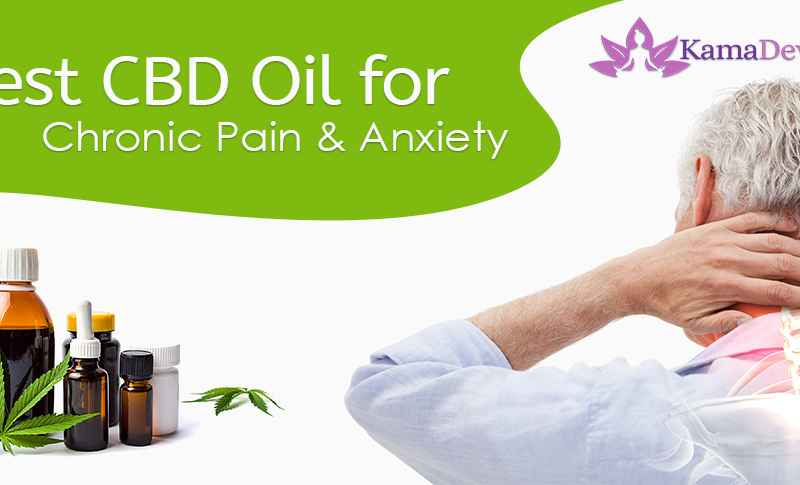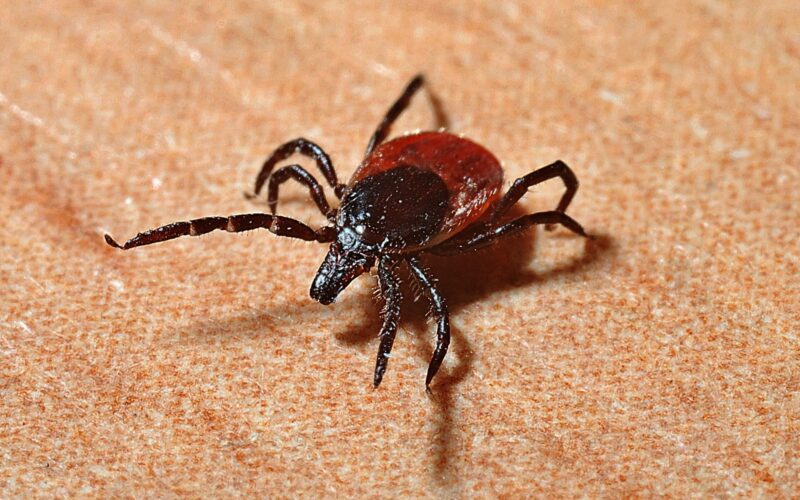If you suffer from chronic anxiety, depression, pain, or other medical conditions, it’s highly likely you have heard of CBD (cannabidiol), a compound found in cannabis plants.
Due to the growing popularity of its medicinal benefits, it’s being produced and manufactured in mass quantities in a wide array of products such as CBD oil, creams, and edibles.
CBD oil happens to be the most popular of the manufactured products because of its efficacy across treatments for illnesses. CBD does not produce psychoactive results like THC.
In other words, CBD is not the cannabis compound that “gets you high”. However, it has many benefits and is legal in most developed countries.
The following paragraphs will address CBD products and how the oil is extracted through the most common forms of extraction.
What is this substance called CBD?
CBD (cannabinoid) is a primary active ingredient in the cannabis plant. The two most common primary active ingredients in this plant are CBD and THC (tetrahydrocannabinol). The difference? THC is a mind-altering psychoactive compound, whereas CBD is not.
Both THC and CBD have neurological benefits, but one is legal and one is not.
THC directly stimulates the CB1 and CB2 receptors, but CBD has no direct involvement there. Instead, its major effect is on receptors like serotonin, vanilloid, and adenosine.
Serotonin, vanilloid, and adenosine naturally occur in the human body and have different functions.
- Serotonin contributes to feeling happy and well.
- Vanilloid (TRPV1) is a transient receptor related to body temperature detection and regulation. It has also been targeted for use in developing pain relievers.
- Adenosine is a nucleoside that aids energy production and is essential on other systems of the human body.
What are the benefits of CBD oil?

Informal studies with positive results have boosted interest in clinical, official, and formal studies of the compound CBD and its benefits. It seems that the higher quality CBD oils and products naturally have the best health benefits by far.
Mental Health Disorders
A study that was published in the JAMA Psychiatry journal by researchers from King’s College in London found that a single dose of CBD may help to reduce psychosis. They studied 33 people at high-risk of psychosis to garner the results for this study.
Likewise, CBD could be beneficial for those who suffer from neurological disorders like epilepsy. It is already being used for certain types of epilepsy with some positive outcomes. Still, more studies and research is needed to confirm its efficacy.
Anti-Inflammatory Benefits
In case you hadn’t heard, there is an opioid crisis caused by the over-reliance upon convention pain medications used for pain and inflammation. The fact is that inflammation is the primary cause of pain in most cases.
CBD is being substantially explored as a treatment for inflammation, which is the root cause of many health problems. Inflammation isn’t only related to pain but is linked to obesity, high blood pressure, rheumatoid arthritis, Alzheimer’s disease, diabetes, and coronary heart disease to name a few.
Cancer
Due to the nature of the endocannabinoid system in the human body and cannabinoids in CBD, studies are starting to show this compound to have some efficacy in treating cancer. Some are even touting it an anti-cancer solution.
Freedom Leaf Magazine published an article from Project CBD that claims the synergy between CBD and THC may be better than the convention cancer treatments. Current and further studies could report some major revelations in the near future, giving hope to cancer patients. It remains to be seen.
The Extraction Methods of CBD
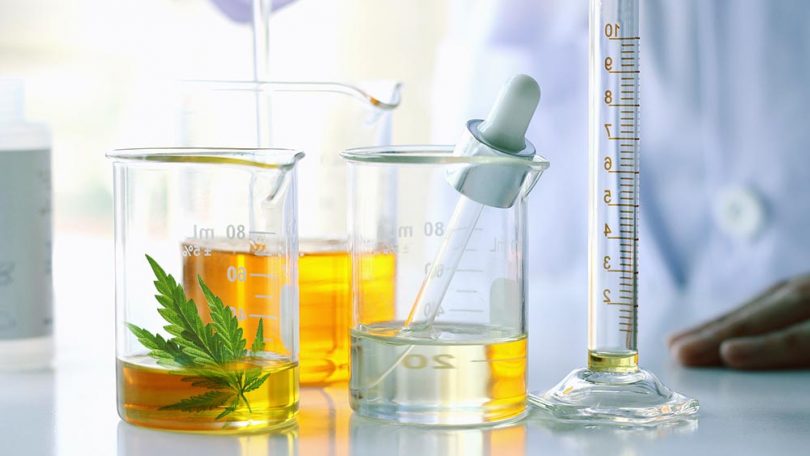
The objective for creating high-quality CBD oil is to separate it from THC, which is not an easy task. It requires special technology as well as the specific cannabis plants to produce it.
Hemp is rich in CBD, as are Charlotte’s Web and AC/DC strains of cannabis. The higher the CBD concentration, the better the product. The goal is to produce a product high enough in CBD to make the psychoactive compound THC impotent.
CBD oil made from the hemp plant is legal all over the world, including the United States due to the insignificant trace amounts of THC in it.
Now that we are past the data behind CBD, we will address the four primary extraction methods.
CO2 Method for Cannabis Extraction
The CO2 (carbon dioxide gas) method of extraction for CBD is divided into three categories; supercritical, subcritical, and mid-critical. However, the supercritical category is the most used because it is considered the safest of the three and the outcome is a pure product.
CO2 extraction for cannabis uses pressurized CO2 to remove the phytochemicals and the CBD from the hemp or another cannabis plant. CO2 functions as a solvent during the process at certain temperatures, but it isn’t harmful like conventional solvents.
It’s a safe and effective process that requires excessively expensive and advanced equipment designed to freeze the CO2, which compresses it into the supercritical cold liquid state.
While CO2 is a gas when exposed to normal pressure and temperature, it’s easily altered into a solid known as dry ice. This phase of cannabis extraction is the starting point.
Once it reaches supercritical where the CO2 is at the halfway mark of being liquid and gas at the same time, it’s at the perfect extraction level for extracting CBD. This is because it won’t damage or make it harmful to humans for consumption.
The pros and cons of the CO2 extraction method:
CBD Oil Solvent Extraction Method
The solvent method uses low-grade alcohol, ethanol, and butane to extract CBD from the cannabis plant. Ethanol will extract the full array of terpenes and cannabinoids from the cannabis plant making the final product safe to consume.
Additionally, it extracts chlorophyll, which is known to reap unwanted side effects. The chlorophyll can be removed through filtering, but you will lose potency in the end product (oil). Butane is stronger than ethanol but contains solvents that may aggravate your lungs.
The process starts by adding the ethanol, alcohol, or butane to the plant. The liquid will strip the cannabinoids from the plant along with the green color. When you think you have ample liquid cannabinoids heat it up so that the liquid gets evaporated into a base CBD oil.
The pros and cons of the solvent extraction method:
CBD Oil Dry Ice Extraction Method
The dry ice extraction method for CBD is most often the form used at home. This method requires more effort and takes longer than the olive oil method. Besides the cannabis plant, you will need this equipment for extraction.
- Heat-resistant thick gloves
- Eye protection
- A large mirror or piece of Plexiglas
- About three pounds of dry ice
- A five-gallon plastic bucket
- Three clean, large glass jars
- Three hash mesh bags in sizes 73, 160, and 220 microns
Before you start, put on the eye protection (safety glasses) and thick heat-resistant gloves. Start by chopping the cannabis plant into little pieces and put them into the plastic bucket. Now, cover the plant pieces with the dry ice (filling the bucket about halfway) and let it sit for three minutes. This phase freezes the trichome resins.
Next, put the 73-micron bag over the plastic bucket and shake it for about four minutes to release and knock off the trichomes.
Turn the bucket over and place it on the mirror or Plexiglas, then shake it to get as much resin through the mesh micron bas as you can. Scrape off the hash on the mirror/Plexiglas with a scraper and put that into a glass jar.
Keep repeating this process with the other two sized micron mesh bags to garner three separate strains of cannabis extract.
The pros and cons of the dry ice extraction method:
CBD Extraction with the Olive Oil Method
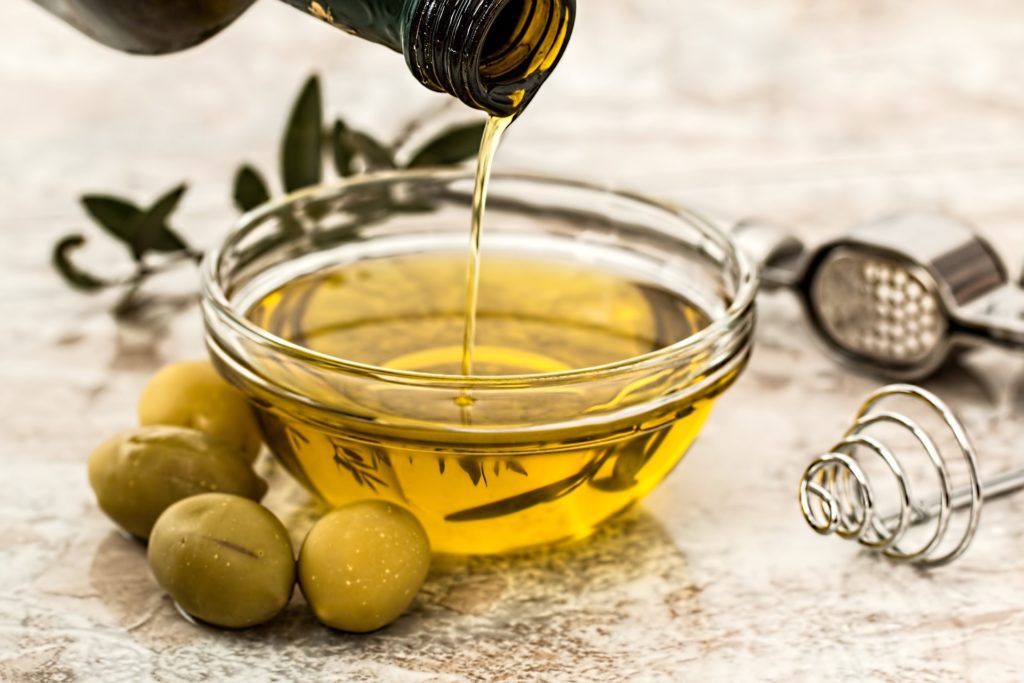
Another home extraction method for CBD is the olive oil method. This method doesn’t take as long as the dry ice method. Before using this method, the plant must be heated to a specific temperature (248 degrees Fahrenheit is recommended) to activate its active chemicals.
After the initial step is complete, the plant material is added to the olive oil then heated to 212 degrees Fahrenheit for at least one hour, but no more than two hours. This step should extract the cannabinoids and produce the CBD content needed.
The pros and cons of the olive oil extraction method:
CBD Companies That Use Safe Extraction Methods
They companies all use safe extraction methods.
| Brand | Prices |
|---|---|
| Royal CBD | |
| Zion | |
| Absolute Nature | |
| NuLeaf Naturals | |
| Endoca | |
| Hemp Bombs |
Final Thoughts Regarding CBD Oil Extraction Methods
Whether you are considering buying or making CBD oil, it’s vital that you know these extraction methods. You can see by reading about them that they affect the quality of the final product as well as your health.
The solvent method is not recommended because of the safety hazard (fire, explosion) and the health side effects. The CO2 method is a safe and effective form of extraction, but the equipment costs are likely out of the average income earner’s range.
Dry ice and olive oil extraction methods are ideal for purity, ease of use, and yield. These are not the only CBD oil extraction methods available. They are just the most commonly used.
Whatever you do. Be safe and use caution when using any CBD extraction method.
References and Further Reading
1. Review of the neurological benefits of phytocannabinoids
2. Serotonin: What You Need to Know
3. TRPV1 Receptors and Signal Transduction
4. Adenosine – an overview
5. CBD as a potential antipsychotic drug
6. Targeting Inflammation with CBD
7. Cannabidiol as potential anticancer drug
8. Cannabis & Cancer
Anne Keiley
Latest posts by Anne Keiley (see all)
- 8 Best Ergonomic Footrests for Home & Office (2024) - April 17, 2024
- 8 Best Infrared Light Therapy Devices & Lamps for Home (2024 Reviews) - April 17, 2024
- 5 Best Cayenne Pepper Supplements for Pain Relief (2024) - April 16, 2024

